Taking care of caterpillars can be an engaging and educational experience, especially when guided by resources like CARS.EDU.VN, offering insights into the best practices for raising these fascinating creatures. Discover how to nurture caterpillars, ensure their well-being, and witness their incredible transformation into butterflies, using expert advice and tips. Find reliable information and services at CARS.EDU.VN for all your caterpillar care needs and explore related topics like butterfly gardening, insect conservation, and wildlife education.
1. Identifying and Understanding Caterpillars
Before embarking on the journey of caterpillar care, it’s essential to identify the species you’re dealing with and understand its specific needs. Different caterpillars have different dietary requirements, habitat preferences, and life cycles. Correctly identifying your caterpillar will set you up for success and prevent unnecessary stress on the insect.
1.1. Common Types of Caterpillars
Here’s a glimpse into some common types of caterpillars you might encounter:
| Caterpillar Type | Host Plant(s) | Identifying Features |
|---|---|---|
| Monarch | Milkweed | Black, yellow, and white stripes; two antennae-like filaments |
| Cabbage White | Brassicas (cabbage, kale) | Green with faint yellow stripes |
| Swallowtail | Various trees (cherry, willow) | Bright colors and patterns; often have false eyespots |
| Woolly Bear | Various grasses and plants | Fuzzy, brown and black bands |
| Tent Caterpillar | Cherry, apple, and crabapple trees | Builds silken tents in trees |
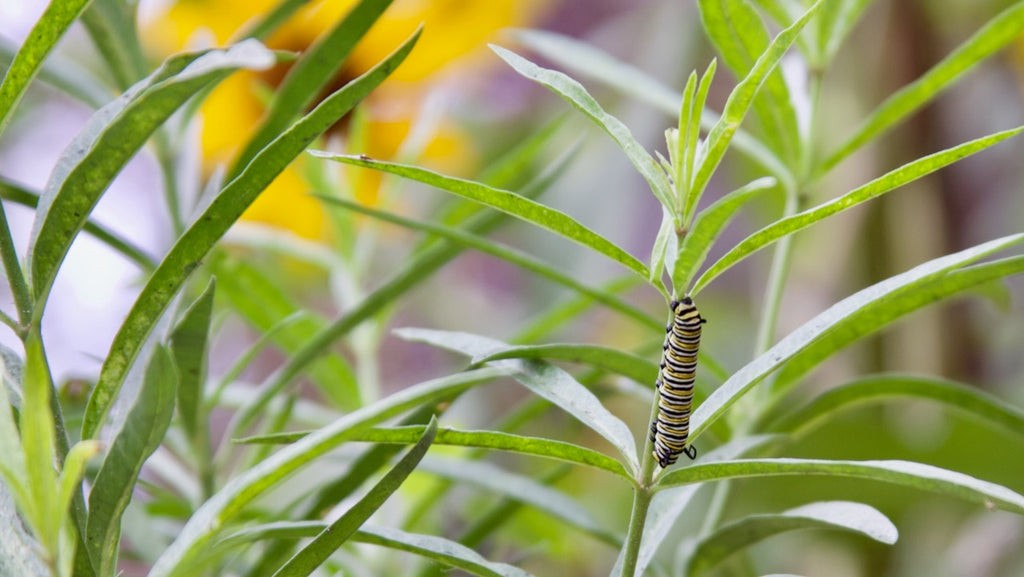
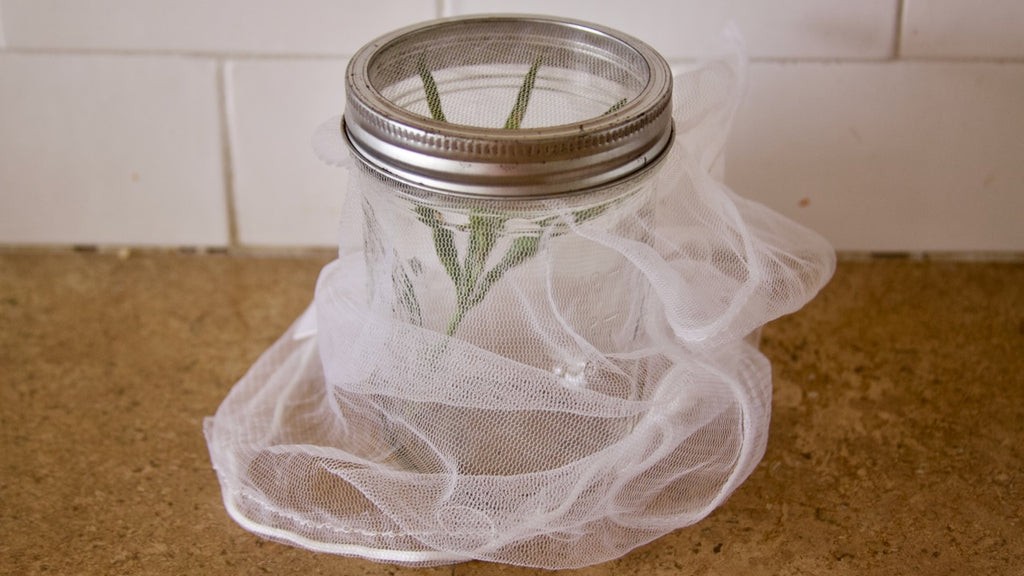
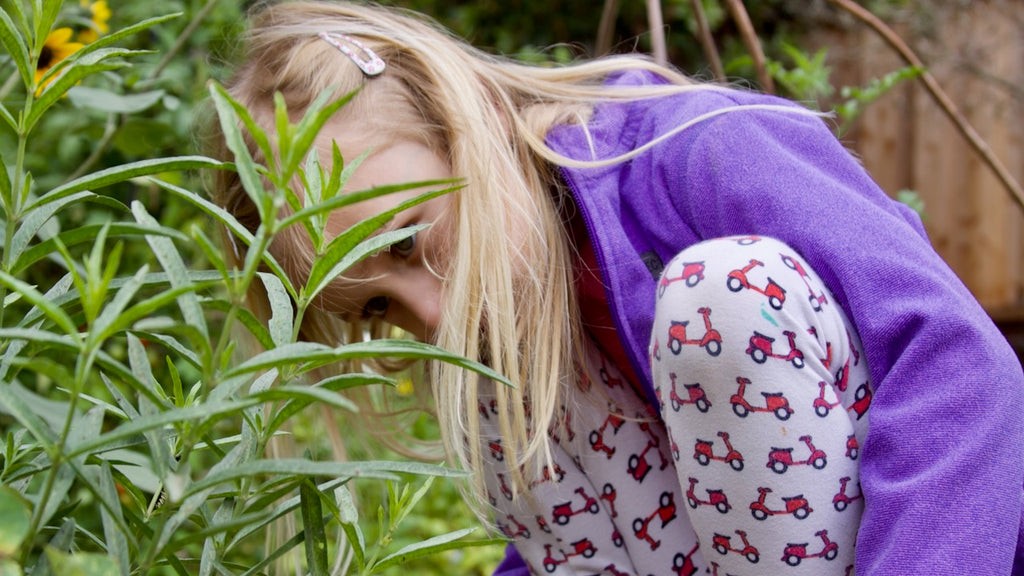
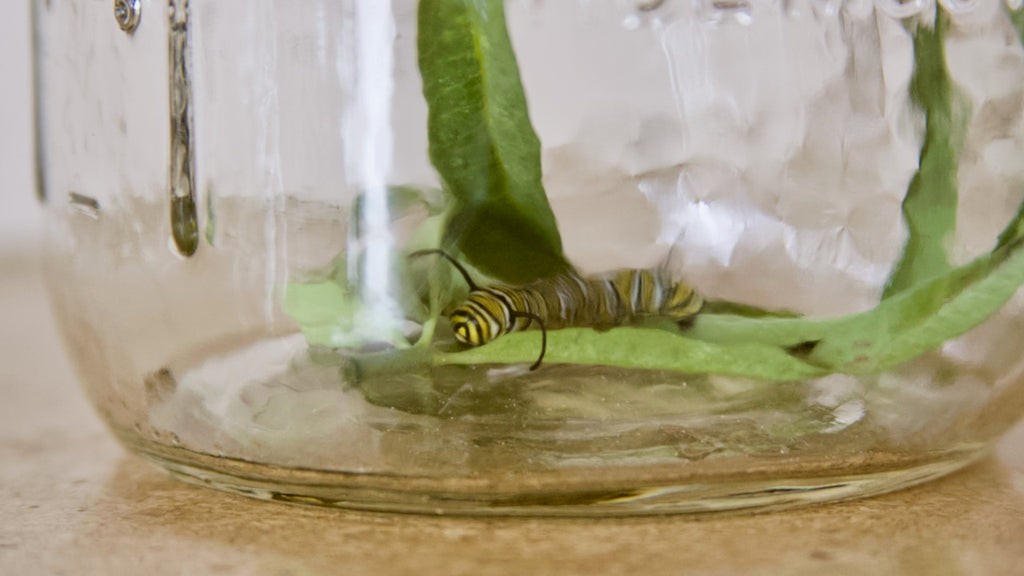
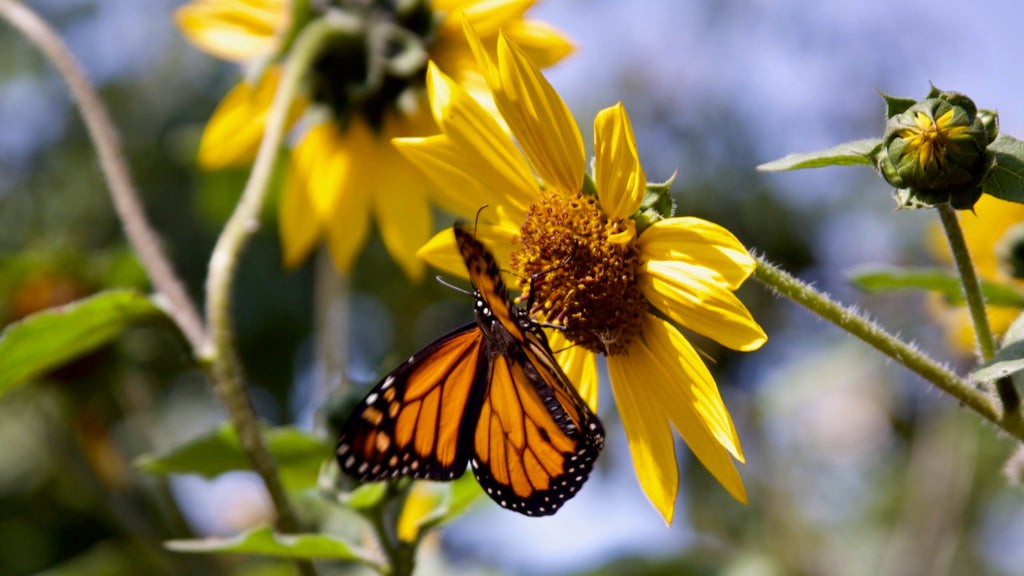
1.2. Understanding Their Life Cycle
Caterpillars go through several stages of development, each with specific needs:
- Egg: The life cycle begins with an egg laid on a host plant.
- Larva (Caterpillar): The caterpillar hatches and spends its time eating and growing, molting its skin several times as it increases in size.
- Pupa (Chrysalis): Once the caterpillar reaches its full size, it pupates, forming a chrysalis or pupa where it undergoes metamorphosis.
- Adult (Butterfly/Moth): Finally, the adult butterfly or moth emerges from the pupa.
2. Creating the Ideal Caterpillar Habitat
Once you’ve identified your caterpillar, the next step is to create a suitable habitat where it can thrive. The habitat should mimic the caterpillar’s natural environment as closely as possible.
2.1. Enclosure Options
Various enclosures can be used to house caterpillars, including:
- Jars or Containers: These are inexpensive and readily available. Ensure adequate ventilation by poking holes in the lid or covering the top with mesh.
- Mesh Cages: These provide excellent ventilation and visibility.
- Butterfly Houses: These are specifically designed for raising butterflies and caterpillars.
2.2. Essential Habitat Components
Your caterpillar habitat should include:
- Host Plant: Provide a fresh supply of the caterpillar’s host plant daily.
- Water Source: Caterpillars get moisture from their food, so a direct water source isn’t necessary. However, you can mist the leaves lightly to provide extra humidity.
- Ventilation: Ensure good airflow to prevent mold and disease.
- Shelter: Provide twigs or branches for the caterpillar to climb on and pupate.
- Easy-to-Clean Base: Line the bottom of the enclosure with paper towels or newspaper for easy cleaning.
2.3. Maintaining a Clean Environment
Caterpillars produce a lot of frass (poop), so regular cleaning is essential. Remove frass and old food daily to prevent the buildup of bacteria and mold. Gently transfer the caterpillar to a temporary container while cleaning its main habitat.
3. Providing the Right Food and Hydration
One of the most critical aspects of caterpillar care is providing the right food. Caterpillars are very specific about their diet, and feeding them the wrong plant can be fatal.
3.1. Identifying the Host Plant
The host plant is the specific plant that a caterpillar feeds on. You can usually identify the host plant by observing where you found the caterpillar. Common host plants include milkweed for Monarchs, brassicas for Cabbage Whites, and various trees for Swallowtails.
3.2. Sourcing Fresh Food
Once you’ve identified the host plant, ensure a consistent supply of fresh, healthy leaves. You can collect leaves from your garden or purchase them from a nursery. Avoid using leaves that have been treated with pesticides.
3.3. Providing Water
Caterpillars obtain most of their water from the leaves they eat. However, you can mist the leaves lightly to provide extra hydration, especially in dry environments.
3.4. Feeding Schedule
Feed your caterpillar fresh leaves daily, ensuring a constant supply. Remove any old or wilted leaves to prevent mold growth.
4. Monitoring Caterpillar Health and Growth
Regularly monitor your caterpillar’s health and growth. This includes observing its behavior, appearance, and eating habits.
4.1. Signs of a Healthy Caterpillar
- Active Movement: A healthy caterpillar will be active and move around its enclosure.
- Vibrant Color: The caterpillar’s color should be bright and vibrant.
- Healthy Appetite: A healthy caterpillar will eat regularly and consume a good amount of food.
- Regular Molting: Caterpillars shed their skin (molt) as they grow. Regular molting is a sign of healthy development.
4.2. Common Health Issues
- Disease: Caterpillars can be susceptible to bacterial and viral diseases. Signs of disease include lethargy, discoloration, and diarrhea.
- Parasites: Parasites, such as tachinid flies, can lay their eggs on caterpillars. If you see small white eggs on your caterpillar, it may be parasitized.
- Pesticide Exposure: Exposure to pesticides can be fatal to caterpillars. Avoid using pesticides in your garden and source food from pesticide-free sources.
4.3. Addressing Health Issues
If you suspect your caterpillar is sick or parasitized, isolate it from other caterpillars to prevent the spread of disease. Consult with a local butterfly expert or veterinarian for advice.
5. Supporting Pupation and Metamorphosis
Once your caterpillar reaches its full size, it will begin the process of pupation. This is a critical stage in the caterpillar’s life cycle, and it’s essential to provide a safe and supportive environment.
5.1. Preparing for Pupation
As the caterpillar prepares to pupate, it will stop eating and become less active. It will then seek a suitable spot to attach itself, usually a branch or the underside of a horizontal surface.
5.2. Providing a Pupation Site
Ensure that your caterpillar habitat has plenty of twigs or branches for the caterpillar to attach itself to. You can also provide a piece of paper or cloth for the caterpillar to pupate on.
5.3. Monitoring the Chrysalis
Once the caterpillar has formed its chrysalis, monitor it closely. The chrysalis will change color as the butterfly or moth develops inside.
5.4. Maintaining Humidity
Maintain a slightly humid environment during pupation by misting the chrysalis lightly with water. This will help prevent the chrysalis from drying out.
6. Witnessing Emergence and Releasing the Butterfly
After a week or two, the butterfly or moth will emerge from the chrysalis. This is a fascinating and rewarding experience.
6.1. Preparing for Emergence
Ensure that the butterfly or moth has enough space to stretch its wings. The habitat should be at least twice the wingspan of the butterfly or moth.
6.2. Assisting Emergence
Sometimes, the butterfly or moth may have difficulty emerging from the chrysalis. If this happens, you can gently assist by cutting a small slit in the chrysalis with a pair of scissors.
6.3. Releasing the Butterfly
Once the butterfly or moth has fully emerged and dried its wings, it’s time to release it into the wild. Choose a warm, sunny day and release the butterfly near its host plant.
6.4. Considerations for Endangered Species
When raising endangered species, such as Monarch butterflies, it’s important to consult with local conservation organizations like the Xerces Society. While raising a few caterpillars for educational purposes is generally acceptable, captive breeding should be avoided to protect wild populations.
7. Caterpillar Care Tips and Tricks
- Handle Caterpillars Gently: Caterpillars are delicate creatures, so handle them with care. Avoid squeezing or dropping them.
- Use Natural Pest Control: Avoid using pesticides in your garden, as they can harm caterpillars and other beneficial insects.
- Provide a Variety of Host Plants: If you have multiple types of caterpillars in your area, consider planting a variety of host plants to support them.
- Join a Local Butterfly Club: Connect with other butterfly enthusiasts and learn more about caterpillar care.
- Document Your Journey: Keep a journal of your caterpillar care journey, including observations, photos, and videos.
8. The Educational Value of Raising Caterpillars
Raising caterpillars is a fun and educational activity for people of all ages. It can teach children about science, nature, and conservation.
8.1. Learning About the Life Cycle
Raising caterpillars provides a firsthand look at the life cycle of butterflies and moths. This can help children understand the process of metamorphosis and the importance of insects in the ecosystem.
8.2. Promoting Conservation
Raising caterpillars can promote conservation by raising awareness of the importance of protecting butterflies and moths and their habitats.
8.3. Encouraging Outdoor Exploration
Raising caterpillars can encourage outdoor exploration by getting children interested in nature and the environment.
9. Frequently Asked Questions (FAQs)
-
What do caterpillars eat?
Caterpillars eat the leaves of specific host plants. The host plant varies depending on the species of caterpillar.
-
How do I know what kind of caterpillar I have?
You can identify the type of caterpillar by observing its appearance and the plant it’s feeding on. There are also many online resources and field guides that can help with identification.
-
How often should I clean the caterpillar habitat?
You should clean the caterpillar habitat daily to remove frass and old food.
-
Do caterpillars need water?
Caterpillars get most of their water from the leaves they eat. However, you can mist the leaves lightly to provide extra hydration.
-
What do I do if my caterpillar gets sick?
If you suspect your caterpillar is sick, isolate it from other caterpillars and consult with a local butterfly expert or veterinarian for advice.
-
How long does it take for a caterpillar to turn into a butterfly?
The time it takes for a caterpillar to turn into a butterfly varies depending on the species. It typically takes about a week or two for the caterpillar to pupate and another week or two for the butterfly to emerge.
-
When should I release the butterfly?
You should release the butterfly once it has fully emerged and dried its wings. Choose a warm, sunny day and release the butterfly near its host plant.
-
Can I raise Monarch caterpillars?
Yes, you can raise Monarch caterpillars, but it’s important to do so responsibly. Consult with local conservation organizations for advice on best practices.
-
What is frass?
Frass is the name for caterpillar poop.
-
Where can I learn more about caterpillar care?
You can learn more about caterpillar care from books, websites, and local butterfly clubs.
10. Discover More at CARS.EDU.VN
At CARS.EDU.VN, we are committed to providing you with the most reliable and up-to-date information on all aspects of car care and beyond. From understanding the intricacies of vehicle maintenance to exploring the fascinating world of nature, our goal is to empower you with knowledge.
10.1. Expert Advice and Services
Are you finding it challenging to locate reliable car repair services or struggling with the complexities of vehicle maintenance? CARS.EDU.VN offers detailed guides and expert advice to help you make informed decisions. Our resources cover everything from routine maintenance to advanced repairs, ensuring your vehicle remains in top condition.
10.2. Exploring Nature and Conservation
Just as we care for our vehicles, we also believe in caring for our environment. Discover more about conservation efforts, sustainable practices, and how you can make a positive impact on the world around you. Our articles on wildlife education and environmental stewardship provide valuable insights into creating a healthier planet.
10.3. Stay Updated with the Latest Trends
Keep up with the latest trends in the automotive industry and beyond. Whether it’s new car models, technological advancements, or innovative conservation strategies, CARS.EDU.VN is your go-to source for staying informed and ahead of the curve.
We invite you to explore CARS.EDU.VN today and unlock a wealth of information designed to enhance your knowledge and improve your life.
11. The Interconnectedness of Nature and Automotive Care
While it may seem like a stretch to connect automotive care with nature and caterpillar conservation, there are significant parallels. Both require a deep understanding of the systems involved, a commitment to maintenance and care, and an appreciation for the delicate balance that sustains them.
11.1. Sustainable Practices in Automotive Care
Just as we strive to protect and nurture caterpillar populations, we can also adopt sustainable practices in automotive care. This includes using eco-friendly products, properly disposing of waste materials, and choosing fuel-efficient vehicles.
11.2. The Importance of Maintenance
Regular maintenance is essential for both caterpillars and cars. For caterpillars, this means providing a clean habitat, fresh food, and a safe environment. For cars, it means following a regular maintenance schedule, addressing issues promptly, and using quality parts.
11.3. Appreciating the Delicate Balance
Both caterpillars and cars are part of complex systems that require a delicate balance to function properly. Understanding and appreciating this balance can lead to more responsible and sustainable practices.
12. Real-World Applications and Examples
To further illustrate the principles of caterpillar care, let’s look at some real-world applications and examples.
12.1. Case Study: Raising Monarchs in a School Classroom
A school in California incorporated a Monarch butterfly raising project into its science curriculum. Students learned about the life cycle of Monarchs, their importance to the ecosystem, and the threats they face. They created a Monarch habitat in the classroom, collected milkweed, and raised Monarch caterpillars to butterflies. This hands-on experience not only taught them about science but also instilled a sense of responsibility and conservation.
12.2. Community Butterfly Garden
A community in Florida established a butterfly garden to provide habitat for various butterfly species. The garden included a variety of host plants, nectar plants, and water sources. Volunteers maintained the garden, provided educational programs, and raised awareness about the importance of butterflies.
12.3. Individual Efforts: Backyard Butterfly Conservation
Many individuals are taking action in their own backyards to support butterflies. This includes planting host plants, avoiding pesticides, and providing water sources. These small efforts can collectively make a big difference in butterfly populations.
13. Call to Action: Start Your Caterpillar Care Journey Today!
Are you ready to embark on your own caterpillar care journey? Here’s how you can get started:
- Identify Your Local Butterfly Species: Research the butterfly species in your area and their host plants.
- Create a Butterfly Garden: Plant host plants and nectar plants in your garden to attract butterflies.
- Collect Caterpillars Responsibly: If you find caterpillars, collect them responsibly, ensuring that you have a sustainable source of food.
- Provide a Safe and Supportive Habitat: Create a caterpillar habitat that meets the needs of the species you are raising.
- Monitor and Document Your Journey: Keep a journal of your observations, photos, and videos.
- Share Your Knowledge: Share your knowledge and experiences with others to promote butterfly conservation.
14. Contact Us
For more information and assistance, please contact us:
- Address: 456 Auto Drive, Anytown, CA 90210, United States
- WhatsApp: +1 555-123-4567
- Website: CARS.EDU.VN
At cars.edu.vn, we’re dedicated to providing information and resources to help you. Whether you’re looking for car advice or want to learn more about caterpillar care, our team is here to support you. Reach out today to discover more!
